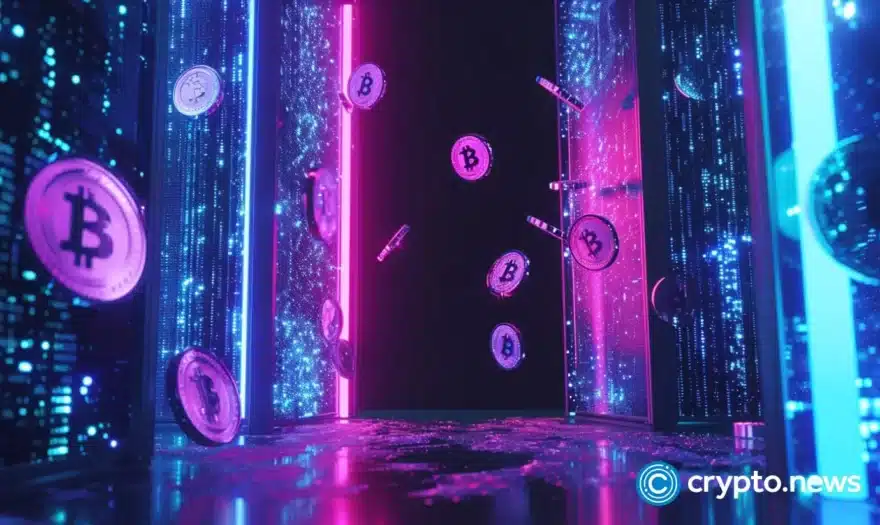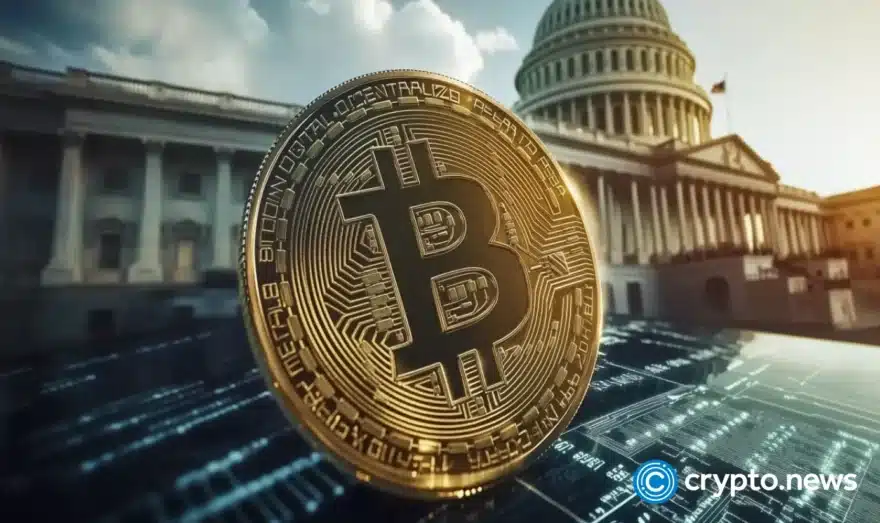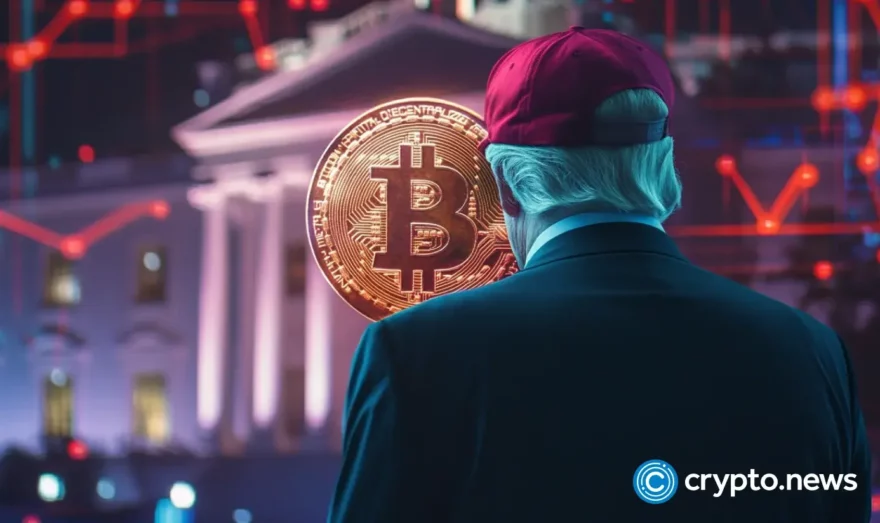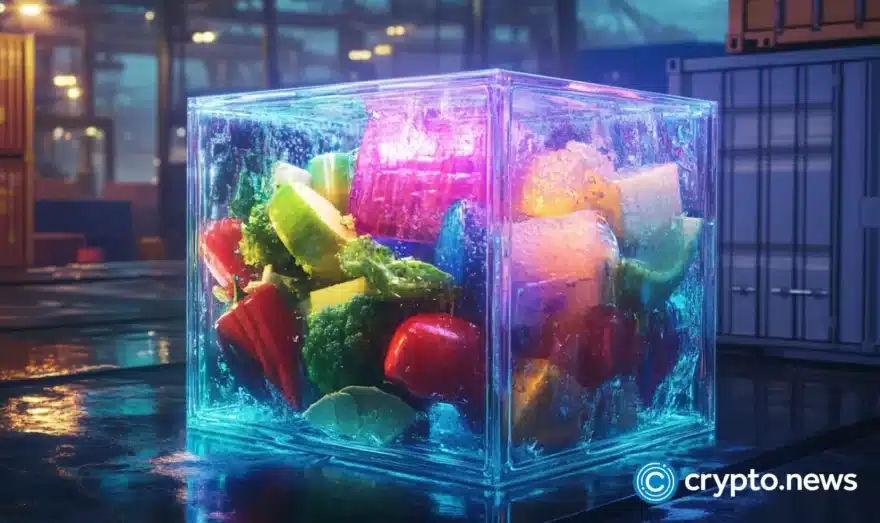What Is a Rug Pull In Crypto?
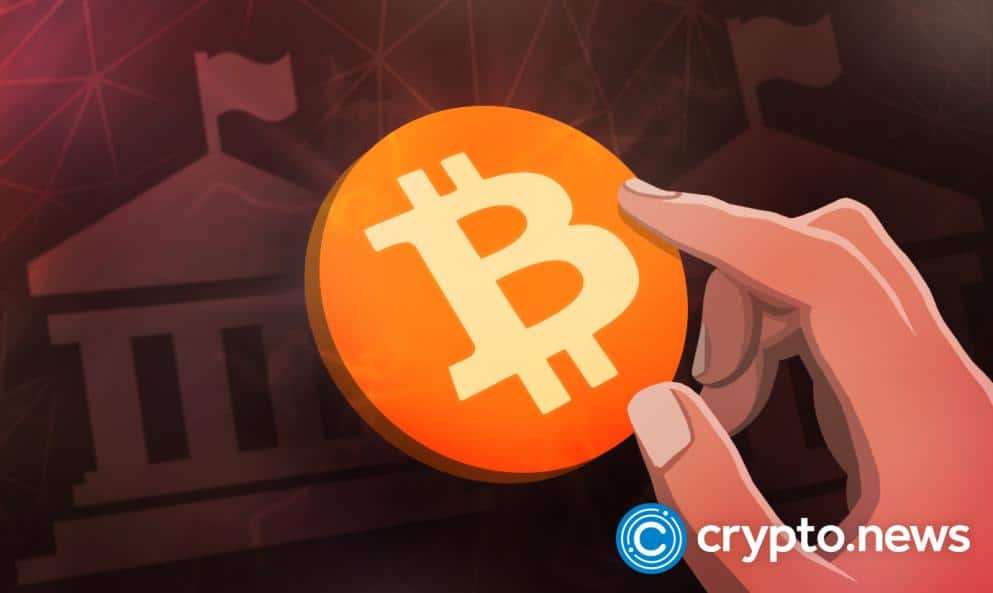
Unfortunately, the crypto markets are full of scammers looking to get their hands on your hard-earning crypto. Rug pulls are one of the most notorious scams used by cybercriminals in the crypto markets. Read on to learn what a rug pull is, how they work, and how you can spot one to mitigate the risk of becoming a victim.
What is a Rug Pull?
A rug pull is a type of scam in the crypto industry that occurs when a crypto project’s team suddenly abandons a project after selling all their tokens and disappearing with the funds, leaving investors with a valueless asset.
For a rug pull to be successful, unscrupulous developers will create a new crypto token, release it into the market before proceeding to pump up the price, and then pull as much value out of the token before ditching it as its price plummets to zero.
The name rug pull comes from the saying “pull the rug out from under someone,” which means to abruptly withdraw support from something. A rug pull is also often referred to as an exit scam.
Decentralized finance (DeFi) projects are more susceptible to rug pulls, given that their tokens primarily trade on decentralized exchanges (DEXs). Unlike centralized exchanges (CEXs) that typically don’t allow the listing of unaudited tokens, tokens of new projects can thrive on DEXs because decentralized exchanges allow developers or users to list their tokens for free with no audits.
Moreover, anyone can issue a token on Ethereum and other EVM-compatible chains, making it easy for tech-savvy scammers to repeat this type of crypto scam over and over again.
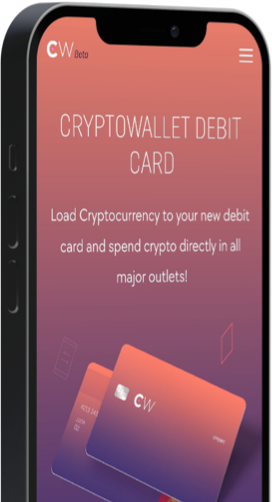
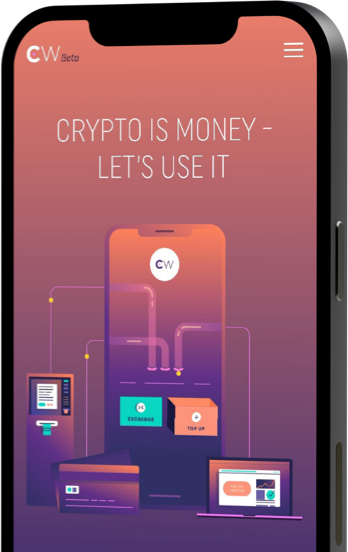 Sign up today
Sign up today
Where Do Rug Pulls Occur?
Before we take a look at notable examples of rug pulls and how to spot one, let’s first take a look at where rug pulls in crypto occur and why.
Small-Cap Altcoins
While small-cap altcoins are popular among investors looking to generate exceptionally high returns, they are also the type of asset where rug pulls regularly occur.
Thin liquidity and a few large holders make low-market capitalization altcoins prime targets for exit scams.
Protocol Tokens
A protocol token is a cryptographic token issued by a blockchain-based protocol, such as a decentralized application, as a reward token, a governance token, or to gain access to specific decentralized products or services.
As protocol tokens are typically ERC-20 tokens anyone can issue on Ethereum and are often issued by anonymous developers, they are also a prime target for rug pulls.
That is especially the case when the protocol and its token have not been audited by a third-party blockchain security firm.
NFTs
Non-fungible tokens (NFTs) are not free from rug pulls either. In fact, the NFT market has been filled with many fraudulent projects.
NFT rug pulls occur when the creators of an NFT project leave the project after getting investors to invest in it (taking the funds with them).
NFTs have and continue to receive a lot of hype, which makes them highly susceptible to rug pulls because they create an environment where people (especially those new to crypto) have fear of missing out (FOMO) and often invest without conducting proper research on the projects whose NFTs they are buying.
Examples of Notable Pug Pulls
Let’s take a look at two examples of rug pull we have witnessed in the crypto markets.
Squid Game
Named after the hit Netflix TV series, the Squid Game rug pull is one of the biggest and latest rug pulls that occurred in the crypto space. After its initial launch, the Squid Game token experienced gigantic growth, rising by over 33,600 percent from a cent to hit $3.36. The coin went on to hit $2,861 and had garnered over 43,000 investors before anyone realized that it was not possible to sell the token after you had purchased it. Then, the fake crypto project abruptly vanished, and its promoters became unreachable.
Luna Yield
Luna Yield was created as an ecological liquidity farming project on the Solana (SOL) platform. Luna Yield has marketed itself as an admissible project that would not only aggregate but optimize yield farming for its users. This saw it gain the support of SolPad, the Solana-based project launchpad that makes it possible for projects that submit qualified documents to raise capital ON ITS Solana-based decentralized platform via an Initial DEX Offering (IDO).
Despite submitting the qualified documents, Luna Yield pulled the rug three days after its IDO, sending the funds that it had raised to Tornado Cash to avoid traceability and then shut down its website and social media accounts.
Hard Pull vs. Soft Pull
A rug pull can either be a hard rug pull or a soft rug pull.
Abruptly withdrawing funds from a crypto project after investments have been garnered from the community is referred to as a hard rug pull, while founders dumping their project’s token while still maintaining a veneer of support for the project is referred to as a soft pull.
How to Spot a Rug Pull
Let’s take a look at possible signs that a rug pull may be about to take place.
Anonymous or unknown developers
As an investor, you should be cautious when it comes to investing in a new crypto project where the developers are either unknown or anonymous. You need to consider the credibility of the creators.
Are the creators and promoters known in the crypto industry? Do they have a track record? If they aren’t well-known? Do they seem legitimate and able to fulfill their promises?
If you can’t find answers to these questions, the risk of a rug pull is high.
Very high yields
If a project promises very high yields and there is no properly documented way of how it will achieve the high yields, take that as a red flag. Any project promising “the moon” should be looked at with skepticism as it will likely turn out to be a scam of some sort, and a rug pull could be just around the corner.
No liquidity locked
If a token’s liquidity isn’t locked, chances are that the token could be a scam. Without a liquidity lock on the coin supply in place, the project developers can easily run off with the token’s liquidity.
A project’s liquidity should be secured via time-locked contracts that can last anywhere between three to five years from the token’s initial offering. If they have a third-party liquidity locker, even better.
Limited sell orders
A malicious actor can code a token and restrict the ability of certain investors from selling it and not others. Selling restrictions on a project are usually a sign of a scam. Because selling restrictions are usually buried in code, establishing whether the token is fraudulent can be difficult, especially for non-technical investors.
However, investors can test this by buying a small amount of the coin and then attempting to sell it immediately. If you aren’t able to sell what you just purchased, the project or token is very likely a scam.
FAQs
Is a rug pull a punishable criminal offense?
Yes. A rug pull is illegal, and scammers can be prosecuted. However, many criminals continue to get away with rug pull-related cybercrimes.
How long does it take for a rug pull to happen?
Rug pulls can take anywhere from a few hours to days and even months. The quicker investors buy into a scam project, the quicker the developers are able to ‘profit’ and pull the rug.
Can locked liquidity hinder a rug pull?
Yes. A token’s locked liquidity can prevent the developers from withdrawing the tokens from a liquidity pool, thus making it impossible to abruptly reduce the liquidity or steal the tokens. The longer the locked liquidity period, the harder it is for the developers to carry out a rug pull.
